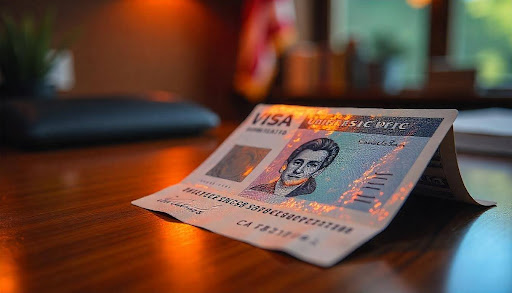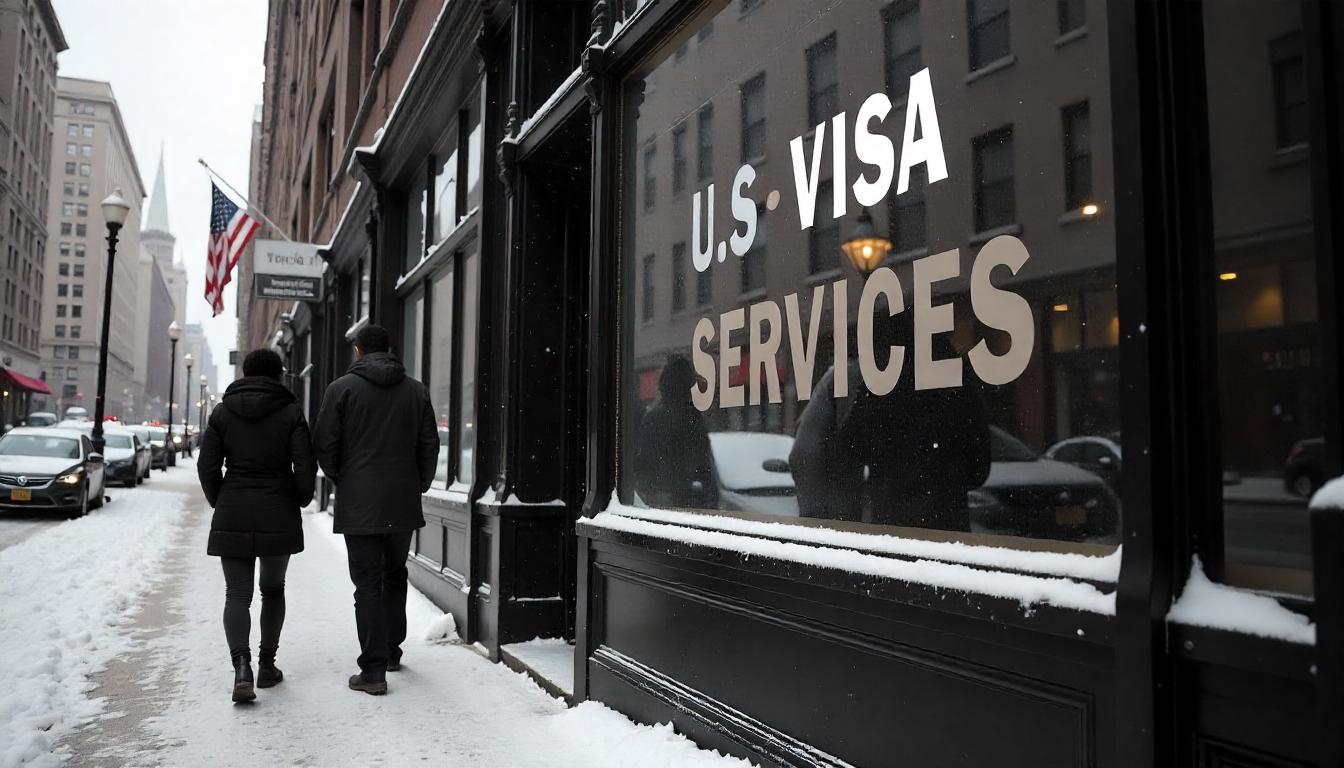Understand the EB1 green card priority date, how the USCIS EB1 priority date India and EB1 priority date China affect your case, and what H1B holders need to know about green card timelines in 2025.

If you're applying for a green card through the EB1 category, one phrase you’ll hear often is “EB1 green card priority date.” But what exactly is it?
It’s the date USCIS receives your Form I-140 petition. You can think of it as a timestamp that the government uses to manage the demand for green cards under yearly quotas.
Why does this matter so much? Because even if you’re eligible for EB1—and even if USCIS approves your petition—you can’t get your green card until your priority date becomes current according to the Visa Bulletin. That’s why tracking your USCIS EB1 priority date India or EB1 priority date China is crucial if you’re from a country with high demand.
The EB1 green card priority date is assigned when USCIS receives and accepts your I-140 petition. Once approved, this date becomes your ticket to track your place in the green card line.
If you’re in the U.S., you can only file Form I-485 (Adjustment of Status) when your priority date is current. If you're outside the U.S., the same rule applies for consular processing through the National Visa Centre.
The Visa Bulletin, released monthly by the U.S. Department of State, tells you which priority dates are current for each category and country. For most applicants, EB1 is the fastest route to permanent residency. But demand from high-population countries—especially India and China—can create backlogs. That’s why keeping tabs on your EB1 priority date in China or India is so important.
You might be on an H1B visa and wondering how your green card journey fits in. Can you advance faster through EB1? How does your H1B green card priority date compare?
Here’s the key difference: your H1B visa is a temporary work visa. Your green card priority date is tied to your I-140 (employment-based petition).
If you're transitioning from H1B to EB1, your green card priority date starts when your EB1 I-140 is filed—not when you first obtained your H1B. For many high-skilled H1B holders—especially those with long wait times under EB2 or EB3—qualifying for EB1 (due to a promotion or exceptional achievements) can significantly shorten the green card journey. However, this benefit depends on EB1 green card priority date India or China not being backlogged at the time you file.
Now, let’s talk about country caps.
The U.S. government limits how many green cards can be issued per country per year. This is where the EB1 green card priority date India and EB1 priority date China start to matter considerably.
As of early 2025, India’s EB1 category saw some retrogression in 2023–2024 but has moved forward steadily since late 2024. China’s EB1 category is slightly more backlogged than India’s but has seen similar movement trends. For applicants from all other countries, EB1 remains “current,” meaning no backlog.
What about green card priority date EB3 India? It’s much more delayed—often by several years compared to EB1. That’s why many EB2 and EB3 applicants from India are exploring ways to upgrade to EB1, if eligible. Whether you’re a senior executive, a research scientist, or a startup founder, EB1 could save you years—if your priority date aligns.
Wondering how to know if your EB1 priority date is current? It’s all in the Visa Bulletin.
Start by identifying your employment-based category—EB1, EB2, or EB3. Then, locate your country of chargeability, which is usually your country of birth. Finally, compare your own EB1 priority date to the “Final Action Date” or “Dates for Filing” listed for your category and country.
If your EB1 green card priority date is before the listed date, your case is considered current. You can proceed with the next step—whether that’s adjustment of status or consular processing. It’s important to also check USCIS’s adjustment of status page to confirm which Visa Bulletin chart they’re following that month.
Need assistance interpreting the bulletin? Beyond Border can guide you through every step with clarity and accuracy.
So what does the future look like for EB1?
While no one can predict the Visa Bulletin with complete certainty, here’s what legal experts and immigration analysts expect for 2025: EB1 India will likely hover close to being current but may retrogress again mid-year depending on demand. EB1 China could see slight movement forward but will remain subject to fluctuations. The rest of the world is expected to remain current for EB1 throughout 2025.
If you’re from India or China, tracking your green card EB1 priority date India or China month-by-month is essential. Some applicants strategically file EB2 or EB3 while preparing for an EB1 upgrade to hedge their chances. Want personalized guidance on this? Beyond Border can connect you with an immigration attorney who understands your timing and can optimize your strategy.

Waiting for your EB1 green card priority date to become current can feel uncertain, but there are proactive steps you can take.
If your date is current or expected to be soon, you may benefit from concurrent filing—submitting Form I-140 and Form I-485 together. Consider whether a new job role might qualify you for a different EB1 path (e.g., moving from EB1C to EB1A). If your priority date isn’t current, you can often extend your H1B beyond the six-year limit based on approved I-140s. Meanwhile, prepare your documentation, including recommendation letters, employment history, publications, and awards.
The most common mistake is delaying a strategic review of your case. If your H1B green card priority date is stalled and you may be eligible for EB1, the sooner you act, the better. Beyond Border helps applicants assess their options and connect with attorneys who provide customized, affordable solutions—not generic templates.
Q1: How is the EB1 green card priority date determined?
A: Your EB1 priority date is the day USCIS receives your I-140 petition. That date determines your place in the green card line.
Q2: What’s the current EB1 green card priority date India?
A: Check the latest USCIS Visa Bulletin or the USCIS website for monthly updates specific to India and other countries.
Q3: How does the EB1 priority date China compare?
A: China’s EB1 category has seen moderate retrogression in recent years but is moving forward slowly. Monitor trends closely in 2025.
Q4: Can H1B holders switch to EB1 to avoid backlog?
A: Yes—especially if their qualifications align with EB1A or EB1C requirements. However, a new I-140 must be filed, starting a new green card priority date.
Q5: Where can I get help with my EB1 case?
A: Reach out to Beyond Border to get matched with an expert EB1 attorney who can help you strategize your petition and timeline.

Your EB1 green card priority date is more than just a timestamp—it’s a critical piece of your U.S. permanent residency journey. Whether you’re preparing your I-140, monitoring the Visa Bulletin, or deciding on concurrent filing, the right timing can make all the difference.
While you can’t control priority date movements, you can control how well-prepared and well-advised you are. Beyond Border is here to help you navigate each step of the EB1 process—from filing to final approval—with clarity and strategic support tailored to your case.